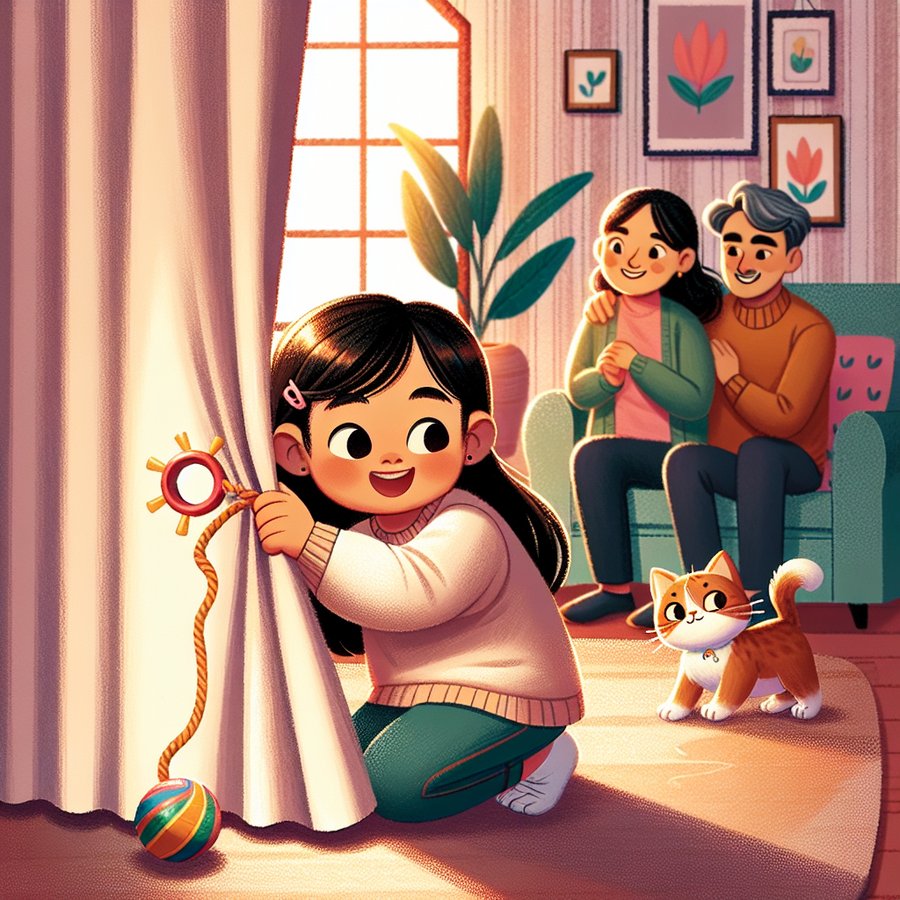Object permanence is a fundamental concept in the cognitive development of infants, marking a significant milestone where a child begins to understand that objects continue to exist, even when they are not visible. This understanding is critical for the development of memory and the ability to form a secure attachment. For new parents, recognizing when and how object permanence develops can be both fascinating and essential for nurturing their child’s growing mind.
In this guide, we delve into the intricacies of object permanence, offering a deep dive into its stages, significance, and the ways you can support your baby through this developmental phase. Whether you’re observing your baby’s first reactions to peek-a-boo or supporting an older infant’s search for hidden toys, understanding object permanence can enhance your parenting journey.
What is Object Permanence?
Object permanence is the understanding that objects and people exist even when they’re not in sight. This cognitive milestone is typically developed in babies around 4 to 7 months of age. Jean Piaget, a Swiss psychologist, first introduced the concept, identifying it as a critical step in the sensorimotor stage of a child’s development.
The development of object permanence signifies a baby’s growing cognitive abilities, laying the groundwork for more complex thought processes, such as problem-solving and understanding the concept of time. It’s fascinating to witness as a parent and plays a crucial role in your child’s overall development.
Stages of Object Permanence Development
Object permanence doesn’t just appear overnight. It develops through several stages, starting from birth until around two years of age. Initially, babies learn about the world through their senses. As they grow, they begin to understand that objects removed from their view still exist.
By around 8 to 12 months, babies start to actively search for hidden objects, a clear sign that object permanence is developing. This stage is crucial for cognitive development and lays the foundation for future learning and understanding.
How to Support Your Baby’s Understanding of Object Permanence
Supporting your baby’s understanding of object permanence can be both fun and rewarding. Simple games like peek-a-boo or hiding toys under a blanket can be great ways to nurture this development. These activities not only entertain your baby but also stimulate their cognitive growth.
Consistently talking to your baby about objects that are not present can also reinforce the concept that these objects continue to exist. For example, mentioning a family pet that’s in another room helps your baby make connections between names and objects, further solidifying their understanding of object permanence.
Common Questions About Object Permanence
Many parents have questions about object permanence and its implications for their child’s development. For instance, they might wonder if a delay in developing object permanence is a cause for concern or how object permanence relates to separation anxiety. Addressing these questions is crucial for understanding your child’s cognitive milestones.
A delay in developing object permanence can sometimes indicate developmental issues, but it’s important to consider the wide range of normal development. If you have concerns, consulting with a pediatrician can provide peace of mind and support. Additionally, understanding the link between object permanence and separation anxiety can help parents navigate this common developmental phase with greater empathy and effectiveness.
The Impact of Object Permanence on Child Development
The development of object permanence is more than just a party trick with peek-a-boo; it profoundly impacts several areas of a child’s development. For example, it lays the groundwork for secure attachment, as children begin to understand that their caregivers will return even when out of sight. This milestone also fosters independence and confidence as children explore their environment with the knowledge that they can return to their safe base – their caregiver.
Moreover, the development of object permanence is closely linked to memory and problem-solving skills. As children remember where objects are hidden and figure out how to retrieve them, they are developing critical thinking and reasoning abilities that will benefit them throughout their lives.
For more insights into your child’s cognitive development, explore topics like attachment, language development, and cognitive development. Each of these areas plays a crucial role in your child’s growth and understanding of the world.
Understanding object permanence is a journey that offers exciting insights into your baby’s cognitive development. By engaging with your child through games and conversations, you can support their growth and witness the remarkable unfolding of their understanding of the world. Remember, each child develops at their own pace, so enjoy the process and cherish the milestones along the way.













